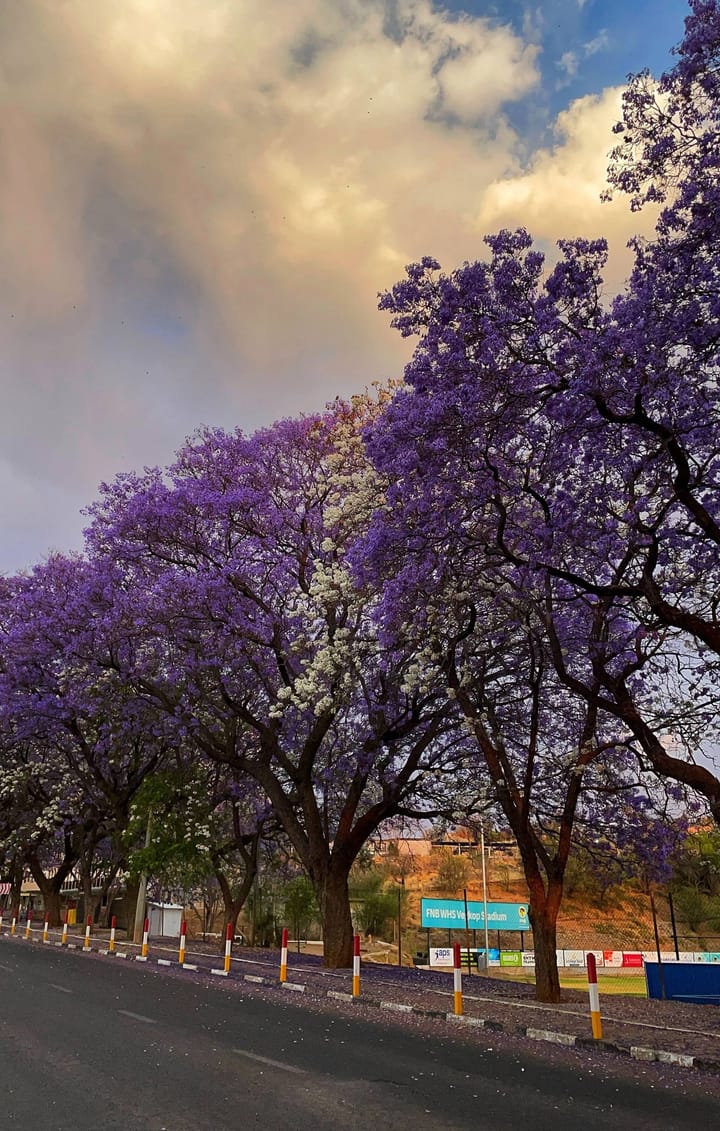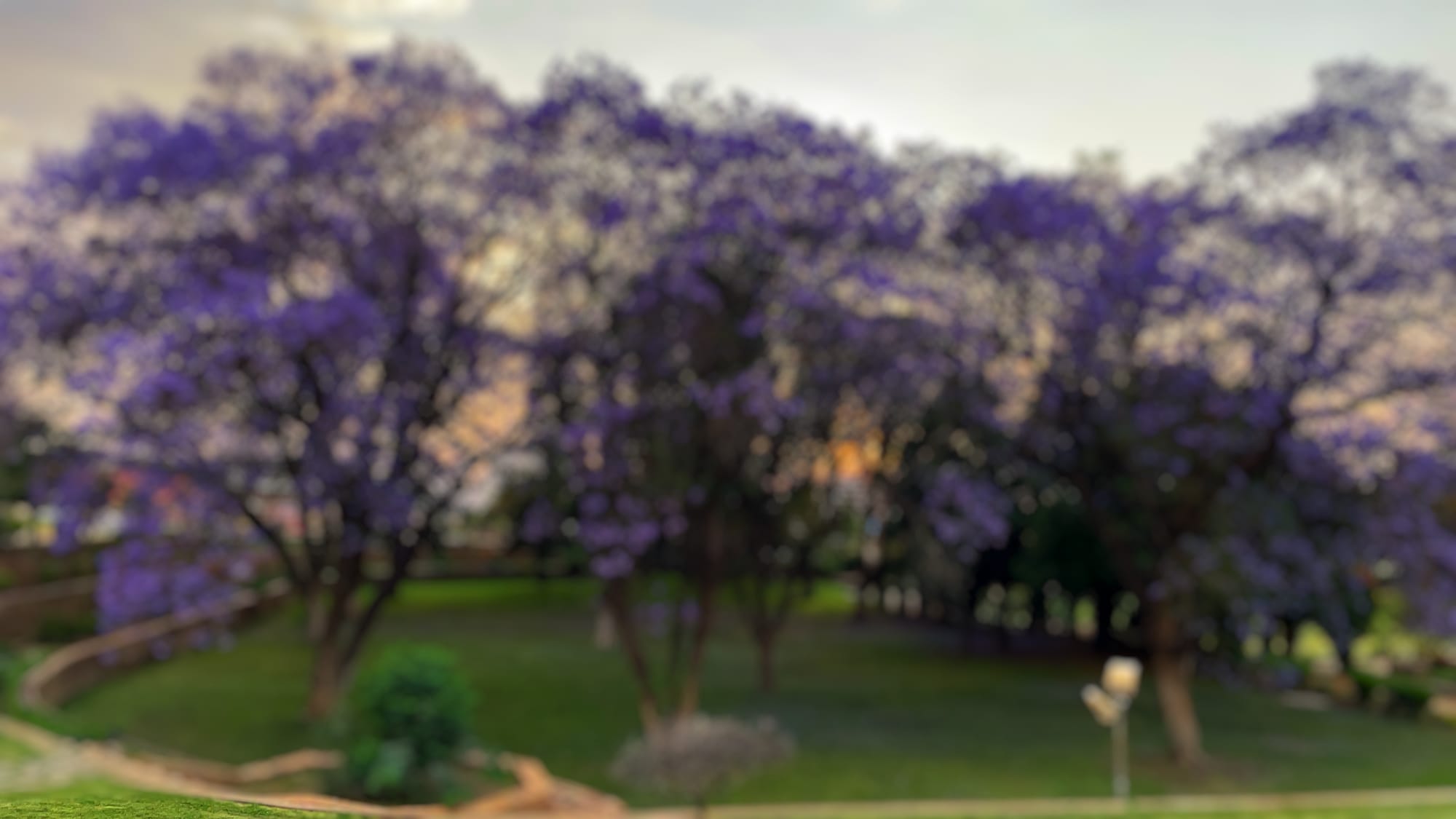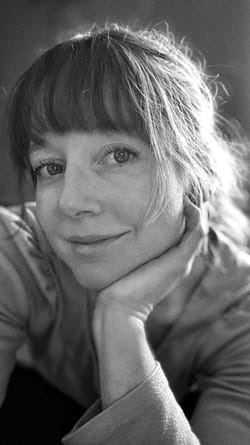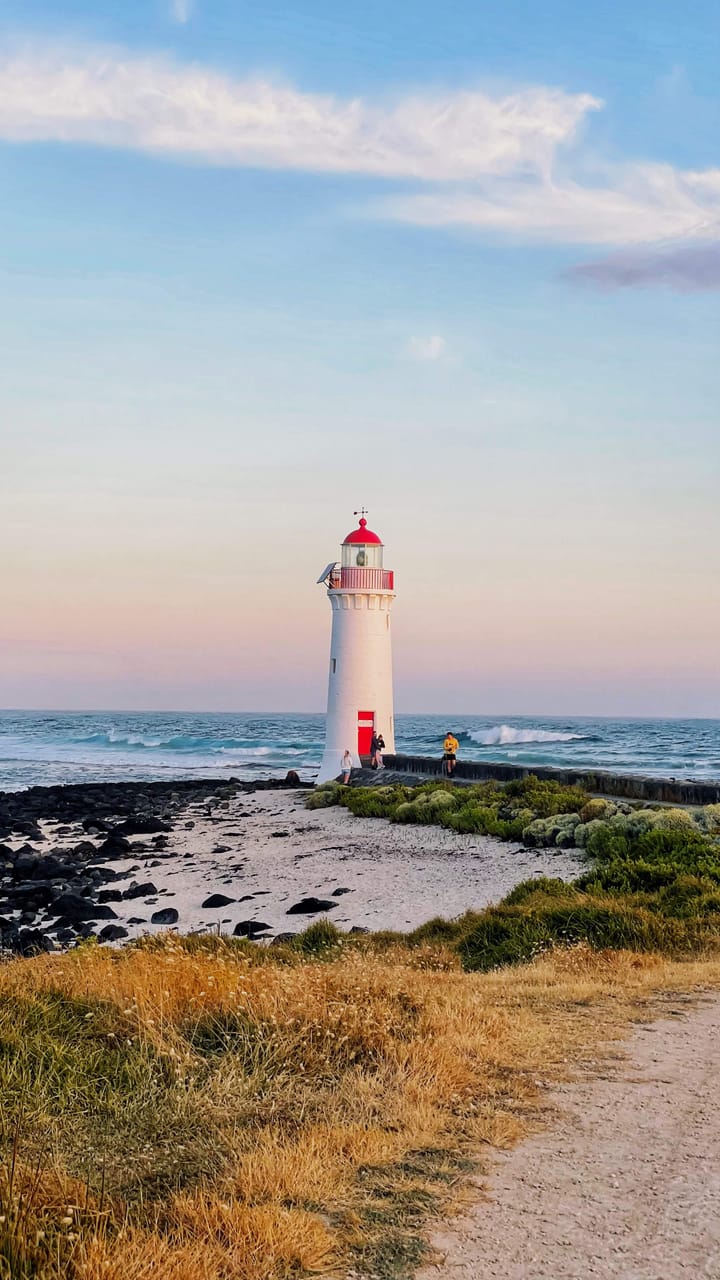“You don’t grow inside your comfort zone,” Jana reminded me, as we hugged and parted at the Divundu checkpoint where I was to wait for the bus to Windhoek, Namibia to pass.
Certainly Africa has not been my comfort zone, but have I grown?
And is it possible, that for someone who has spent so much of her life being uncomfortable, that to actually find comfort in a discomforting world would be growth?
In the summer of 2016, I was diagnosed with complex post-traumatic stress disorder (C-PTSD), a mental health condition that develops from repeated or long-term trauma, rather than a single traumatic event like PTSD.
I didn't think much of it, or even learn much about it, until the end of 2022, as I was rounding out my time in Africa. I don't know why I didn't look into it sooner. Perhaps because my therapist encouraged me to focus less on the diagnosis and more on post-traumatic growth, the transformation that some patients experience following adverse life events. I have undeniably experienced post-traumatic growth in such a dramatic fashion as to feel as though an entirely different soul is occupying my body than the one that did before the January 2016 surgery that changed the course of my life – the catalyst of this decade I've come to know as my "adventure to awaken."
Or – perhaps I didn't focus on my C-PTSD because for the next six years following that surgery, my physical health issues took center stage.
It wasn't until I started traveling the world, convinced I'd never make it to retirement, that I learned that the two were linked – and how not only to heal, but to live. (This is the journey I document in my forthcoming memoir, Object in Motion. If you know any agents or publishers, I'm looking for one.)
Earlier this year, I got certified as a trauma-informed coach. I went through about a month of a depressive spell, where I felt a lack of motivation to do anything, and when I did try to do anything, I noticed myself spinning my wheels, stuck in a state of indecision and self-doubt. It got so bad that I would literally lie in bed on my phone for an hour unable to decide where to go get breakfast. On top of that, I felt generally hopeless about the future.
So from bed, I started researching what was going on with me, and that's when I found the certification. It was about a week's worth of coursework, videos that I could watch that would make me feel productive without ever having to get up. So I did. It gave me language for what I had intuitively been learning on my healing journey over the past few years, and illuminated areas that I hadn't explored. The training helped me to see my present state not as a setback, but as a natural response to a recent trigger. Once I let go of the shame and pressure to be any different, I slowly started to move out of my funk.
Trauma researchers have a concept called the "Window of Tolerance." When you are in your window of tolerance, you feel safe. You are more adaptable to situations as they arise. You feel, think, and communicate in real time. You are present for the experience of life.
When you are outside of your window of tolerance, the body enters a stress response – what is popularly known as "fight or flight," but also includes freeze and fawn responses – because it thinks that you are in danger, and is overriding all other brain and body functions in order to keep you alive.
You might feel like you can't relax. Or that your emotions flood into an outburst. You might feel disconnected from yourself and your loved ones, an inability to think, feel, and speak. From a trauma-informed lens, anxiety and depression – which we treat in the medical system as chronic conditions – are also signs that you are outside of your window of tolerance. Get back into your window of tolerance, and the symptoms subside.
I think I spent the majority of my first 31 years on this planet outside of my window of tolerance.
I can say that now, because I've spent the last 3 years getting to know what it actually feels like to be in my comfort zone.
Spending time in my comfort zone is growth.
And I question whether the aphorism Jana repeated is true for anyone, not just trauma patients. Look at the people who try diets, only to put on more weight after they're done.
Growth happens inside your comfort zone. Not by persevering through the pain, forcing your body to take more than it can handle.
She said it because I was curious about her experience living as a white person in an African country. She was born and raised in Namibia, but she still faced prejudice. We were at the gas station near the bus stop so that she could get supplies for the camp and I could find something suitable to eat on the long, overnight bus ride I had ahead of me. After Jana paid, the woman behind the counter commented that it was “cute” that she was trying to speak their language.
“I think that she knows it because she grew up here,” I replied.

Namibia only won its independence in 1990, which means that Jana grew up during and after colonial rule. I am sure that the memory of colonialism factors into how white natives such as herself are treated. But I can’t imagine feeling like a stranger in my own country. Feeling like I don’t belong. Though I recognize the privilege of that statement, as someone who grew up white in America.
The bus took me all the way to Windhoek, where I met a German man named Holger at the backpacker’s hostel. He invited me to his art installation at the Goethe-Institut. He explained that the concept was about coming together, moving forward past colonialism.
The next day I walked through the hot sun to the German cultural center, where they directed me to a shaded, outdoor courtyard. Holger was cross-legged on the concrete, silent. He pointed to a sign that said, "No talking." It was immediately apparent that this was an immersive experience, that I was to interact with whatever unfolded in front of me, and so I unfolded the crumpled bits of paper scattered on the floor.
Each scrap contained a prompt, like: "Imagine empathy" or "Close your eyes for a moment" or "What do you actually believe?"
There were children at the installation, immersed in their own silent game. And there were rocks among the paper which Holger began to play with, making sounds that became music, as my brain ascribed meaning that was not there. That is how the brain works. Constantly spinning stories about our experiences to which we assign feelings and derive meaning.
As I watched Holger, I thought perhaps he intends a different meaning, or no meaning at all. So I let my own thoughts float past, without holding onto any single one. It was meditative. I felt at peace.
Then Holger started throwing the rocks. First at me, and so I smiled and tossed one back. The children took notice, and left what they were doing to join the round robin of stone tossing. The stones became like balls we were passing playfully in the air. I was surprised at how gently the children threw the stones. It was as if they knew that without care, the game could take a dark turn.
As we settled into a pattern, Holger changed the game. He assembled a stone tower, and began throwing stones at it. We followed his lead, collectively trying to break it down. My brain translated the picture into war.
After we successfully tumbled the tower, Holger got up and moved onto a different activity across the courtyard that I couldn't see. I got up too, and read another piece of paper. But the children closed in on the destruction, and started putting it all back together, organizing into piles any stones that could not become a part of the new tower.
I thought how in this world adults so often leave children to pick up the pieces of the mess that they made.
Holger and I saw an ending, where the children saw an opportunity to begin again.
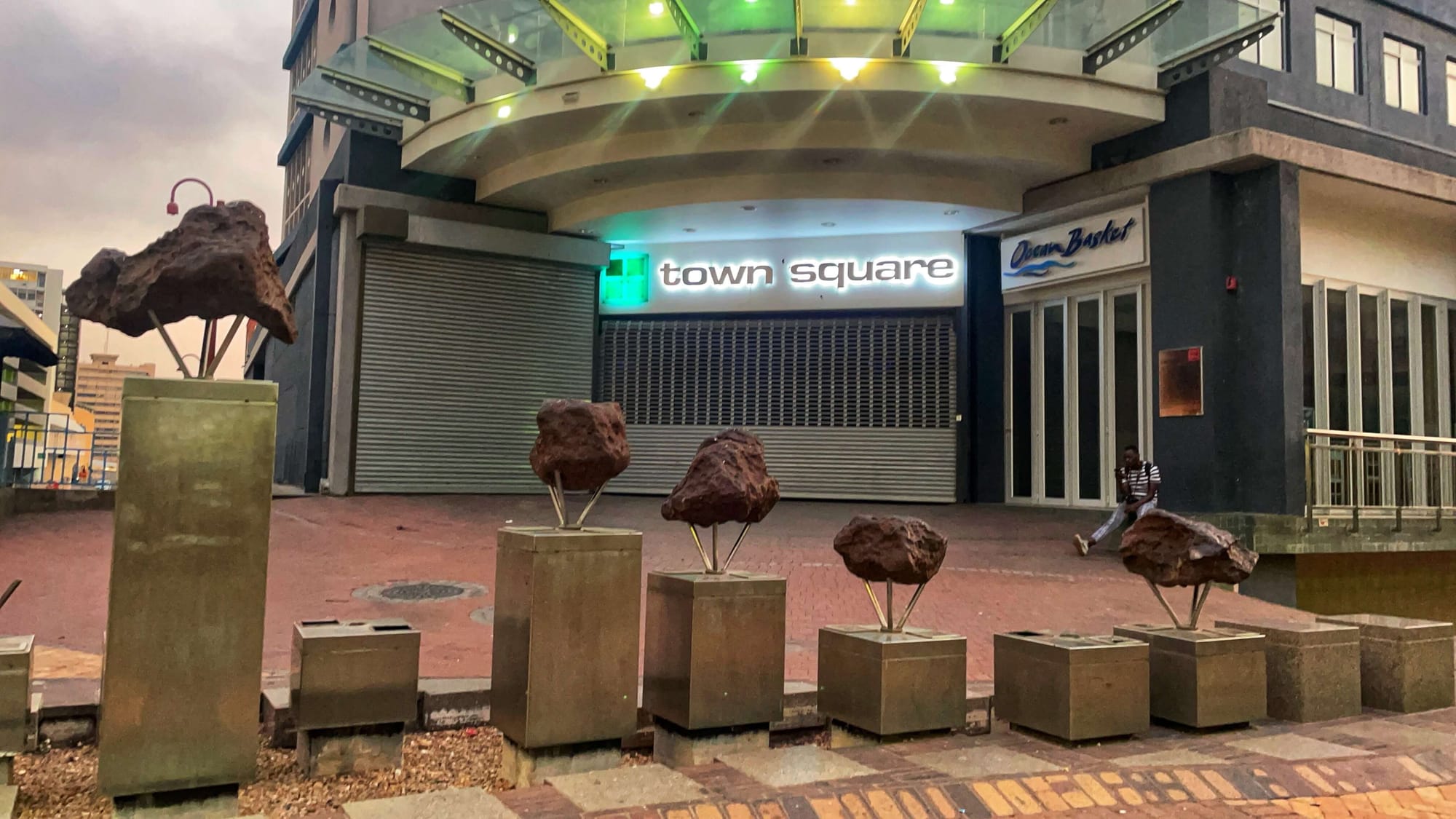
At the gas station with Jana, I was having trouble finding food at the hot bar that would suit my dietary needs. (Back before I discovered that my C-PTSD was causing my digestive issues, I was on a strict elimination diet of anti-inflammatory foods.) Her children watched my struggle, and one of them suggested a can of beans.
"I have no way to heat it up," I said glumly.
Then I gave the suggestion a second thought. Does it matter?
I perused the canned vegetables and found one with curried peas, carrots and sweet potatoes. I cracked it open on the bus, and ate it at room temperature. It was delicious.
Our inability to imagine possibilities pre-determines a fatalistic future – while children find unconventional solutions from an endless well of hope.
Children see what we can’t because they haven't experienced enough of the world to convince themselves that they know what will happen next. But we don't actually know, and we're missing what's right in front of our eyes.
Perhaps because when we don't know, we panic. We're the adults. We've seen things. We're supposed to know. For some of us, myself included, not knowing feels like being caught red-handed outside our comfort zone. "Mayday, mayday," the body screams, "we were not prepared for this outcome, and we're gonna die of starvation!" And as our thoughts race or shut down – whatever our preferred stress response – we lose the ability to improvise.
Within our comfort zone lies the ability to adapt to the challenges that life throws our way.
